Winning in the Age of AI Search: How Brands Can Thrive as Search Evolves
Search is changing faster than ever. With the rise of AI-powered features like Google’s AI Overviews and AI Mode, the familiar “10 blue links” are...
Read moreLanguage matters. Any marketer worth their salt knows this. But when discussing gender and sexual orientation, that importance is amplified tenfold.
For example, I identify as bisexual and non-binary. And while I don’t mind if someone refers to me as ‘he’, I prefer ‘them.’ But the media landscape is still heavily gendered in its vocabulary - often excluding entire communities.
And while it may not be a deliberate choice made by advertisers (you’d hope), it highlights an unconscious bias that chips away at the inclusivity that people are striving so hard for.
So, in honour of Pride Month, let’s explore LGBTQ+ terminology, and why it’s so important in marketing.

Marketing wields immense power. But, if used correctly, that power can reshape the world we live in into something kinder and more inclusive.
And that’s not just my opinion. It’s science. According to Dane Menkin at Mainline Health, the use of inclusive language literally reprograms our brains. As Menkin’s article explores, we’ve been socialised into specific viewpoints and interpretations of the world. Our brains seek to contain and categorise—a process reinforced by what we see and hear.
Think about it. How much language do you see daily that supports the notion that the only options for gender are ‘man’ and ‘woman’? Or that the default for romantic relationships is those between men and women. Marketing often presents gender and sexuality as a binary, which is, frankly, inaccurate.
But let’s consider the power that marketing wields. In its truest form, it reflects and amplifies our world back at us. And, as Menkin’s article suggests, what we see, we internalise.
Consider then, if marketing used more LBGTQ+ inclusive language and visuals. If we saw gender-neutral language on billboards. If messaging pivoted away from the heteronormative default. It wouldn’t be overnight, but, little by little, our brains would rewire. The result? A more compassionate, more inclusive society.
But sociology aside, using LGBTQ+ inclusive language is inherently personal. And seeing more of it can be incredibly validating for queer people.
For example, I consume a lot of TV, film, and advertising. More than is healthy. And still, I offer up a little cheer/fist pump whenever I see gender-neutral language, recognition of transgender identity, or queer romance.
Why? Because it reminds me that I’m not alone. Sadly, like all LGBTQ+ people, I’ve experienced my fair share of hate speech. I feel validated and empowered when I see my identity reflected in pop culture and advertising, Pride is, after all, rooted in protest, and in those moments, I feel seen. I’ve spoken with other queer friends who share this sentiment.
And so, we need more marketers to make conscious choices to include LGBTQ+ terminology. There’s an entire generation of queer youth that needs to see themselves reflected in the world. Moreover, there’s an entire generation of non-queer youth who need to see that the world is bigger than the binary.
Marketing is powerful, and marketers have a duty to wield that power for good. Rainbow-washing to sell products isn’t enough. Queer people need allies. Be those allies.

Okay. I get it. LGBTQ+ terminology can be baffling. It’s okay, you can say it. It’s an ever-evolving lexicon with tweaks and additions made as people discover themselves.
And that’s fantastic. But I appreciate that if you’re not savvy with LGBTQ+ terminology, it can be daunting. What can you say? What should you say?
But that anxiety can be alleviated with self-education.
So, with that in mind, here’s a handy mini-glossary of LGBTQ+ terminology you should be using in your marketing.
Queer
An umbrella term that refers to anyone who isn’t straight, cisgender, or allosexual.
Bisexual
Bisexual people are attracted to those of all genders. There is no set ratio for this attraction, as some people wrongly believe.
Gay
Someone who is only attracted to others of the same gender. The term is often used interchangeably with ‘homosexual', which has been co-opted by anti-LGBTQ+ groups and should be avoided.
Pansexual
Someone who is attracted to all genders, or more than one gender. Sometimes used interchangeably with bisexual, but not by everyone.
Lesbian
A term used to describe women who are only attracted to other women and female-aligned people.
Vincian
The male or male-aligned counterpart of lesbian.
Asexual
An asexual person doesn’t experience (or experiences selective) sexual attraction. Asexual people do experience romantic attraction.
Demisexual
Someone who is demisexual will only experience sexual attraction to a person once they’ve bonded and established a strong friendship.
Demiromantic
Someone who is demiromantic will only experience romantic attraction to a person once they’ve developed a platonic relationship.
Transgender
Someone whose gender is different to the sex they were assigned at birth. Transgender also refers to people whose gender doesn’t neatly align with the sex they were assigned at birth.
Transgender (or ‘trans’) is an umbrella term encompassing many gender identities including non-binary, gender-queer, gender-fluid, agender, genderless, nongender, third-gender, and bi-gender.
Non-binary
An umbrella term for people whose gender identity doesn’t sit neatly within ‘man’ or ‘woman’. Some non-binary people identify as transgender, others don’t.
Non-binary identities are varied, with some people using gender-neutral pronouns such as they/them, mixing pronouns such as he/they & she/they, or even using pronouns like ze/zir.
Demi-gender
Someone why partly, but not entirely. identifies with their birth gender.
Questioning
A term that refers to someone who is exploring their gender identity or sexual orientation.

Want a deeper dive? Check out glossaries at Rainbow & Co., Stonewall UK, and GLAAD.
Easy answer? Just do it. Don’t start small. Educate yourself and commit.
When producing ad copy or ad creative, take a step back and ask yourself: does this need to be gendered or heteronormative? Is there an opportunity to be more inclusive? You’d be surprised how much unconscious bias you’ve picked up.
For example, if you’re putting out an email blast try to avoid phrases like ‘ladies and gentlemen’ and opt for something gender-neutral like “friends”. If you’re drafting ad copy, swap out the phrase ‘moms and dads’ for the more inclusive ‘parents.’
And don’t stop there - consider your visuals too. Use more LGBTQ+ people in your ad creative. It’ll help develop a more accurate picture of the world we live in. If you need a starting point, check out Vice’s bank of LGBTQ+ images.
You will likely get it wrong at some point. But that’s how you learn. Take time to research, take time to listen to feedback and apply what you’ve learned. But this usage needs to be a year-round thing, not just during Pride.
Often, queer people are expected to be satisfied with an allocated month where we’re included, and once it’s over? Crickets. But we don’t need crickets. We need timpani drums and megaphones. But that noise can’t be produced in isolation, and brands using LGBTQ+ terminology adds to the cacophony.
And eventually, it’ll be too loud to ignore. I said it earlier, but it bears repeating. Marketing is powerful, wield that power for good. Your LGBTQ+ friends will thank you.
Want to learn more about LGBTQ+ inclusivity in marketing? Get in touch or read our blogs on the Dos and Don'ts of Pride Content, and How to create Pride content.
More articles you might be interested in:
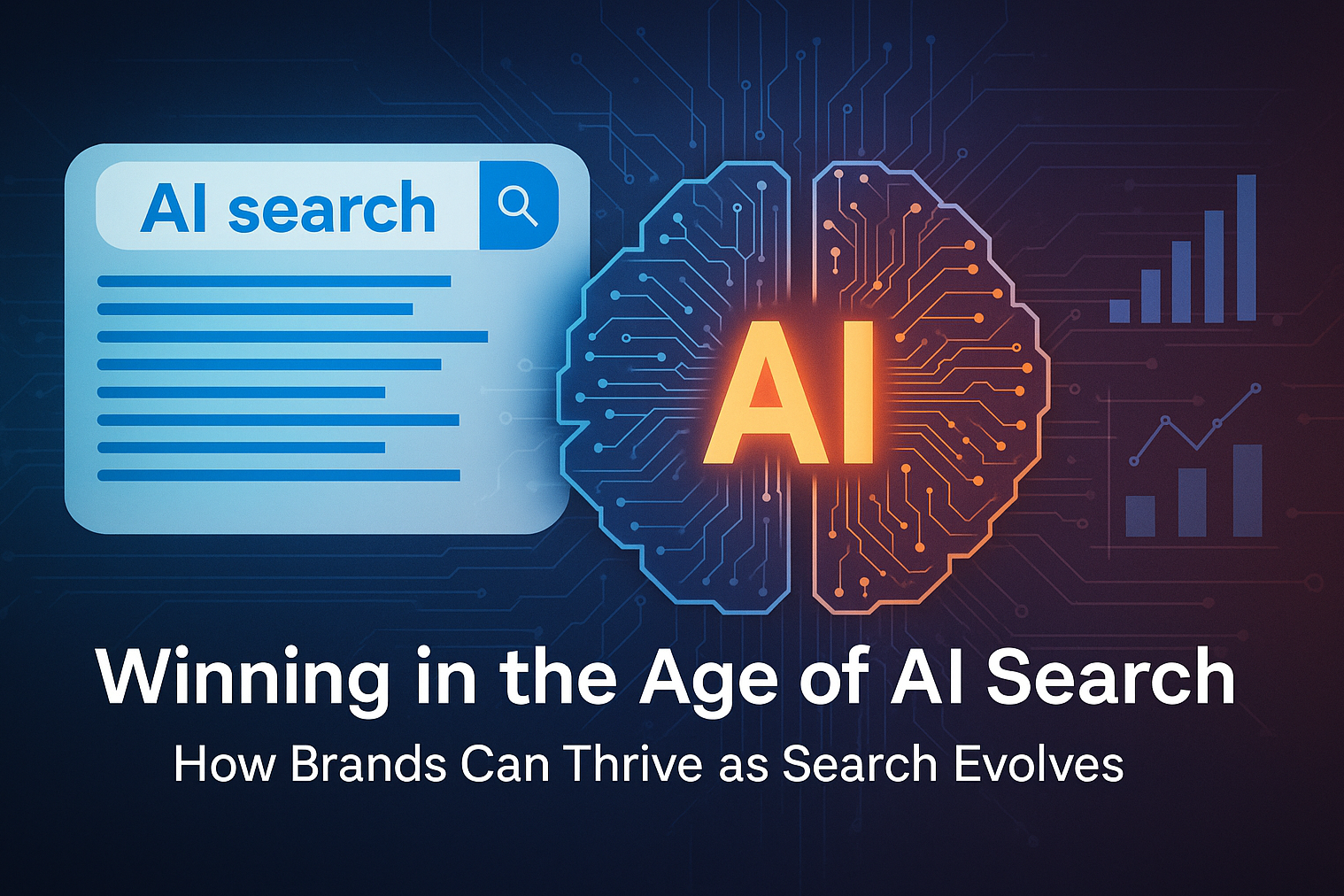
Search is changing faster than ever. With the rise of AI-powered features like Google’s AI Overviews and AI Mode, the familiar “10 blue links” are...
Read more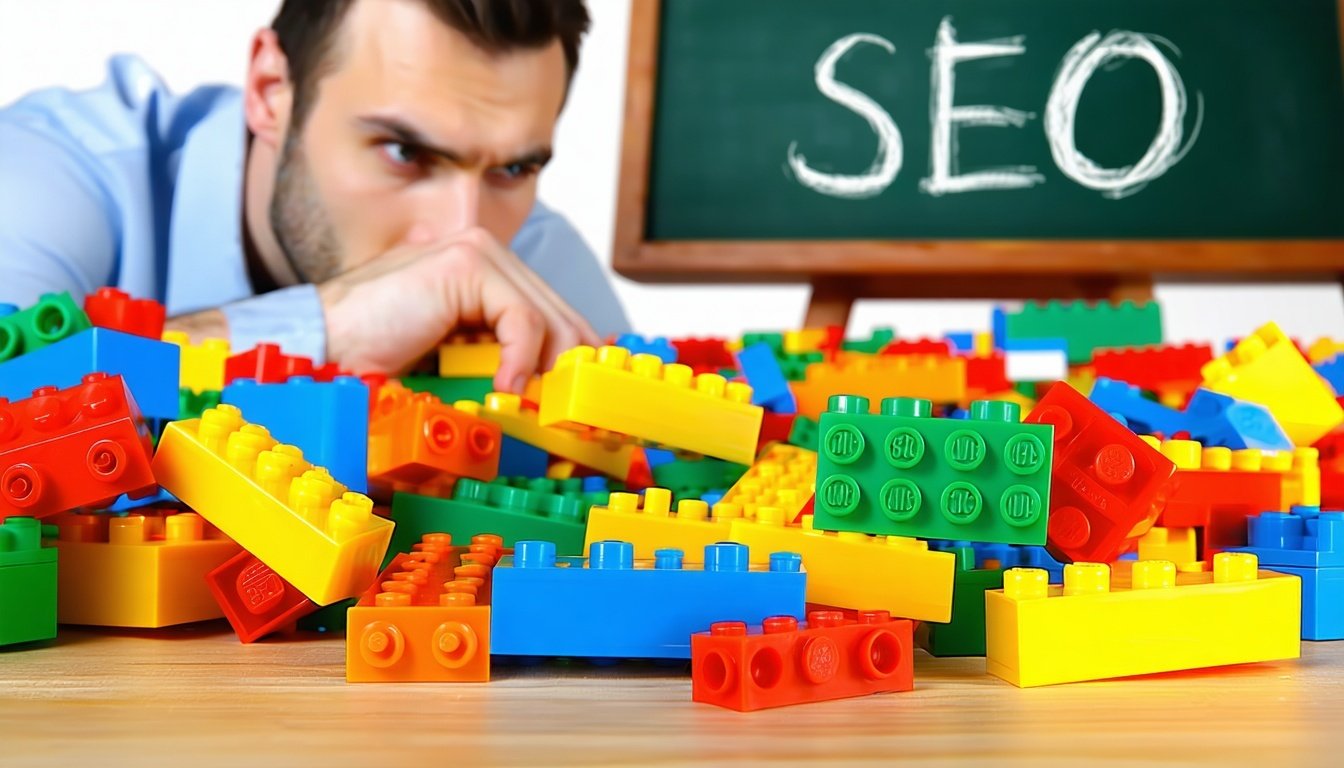
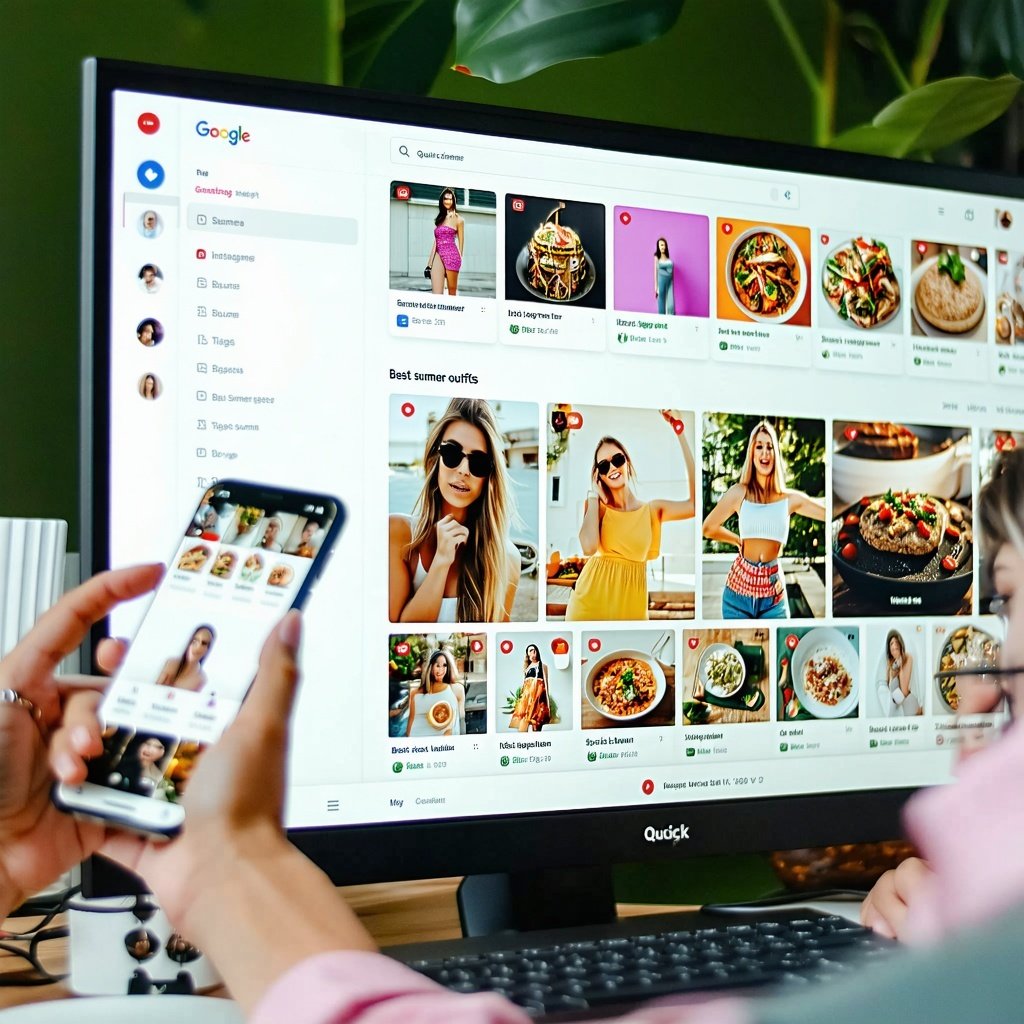
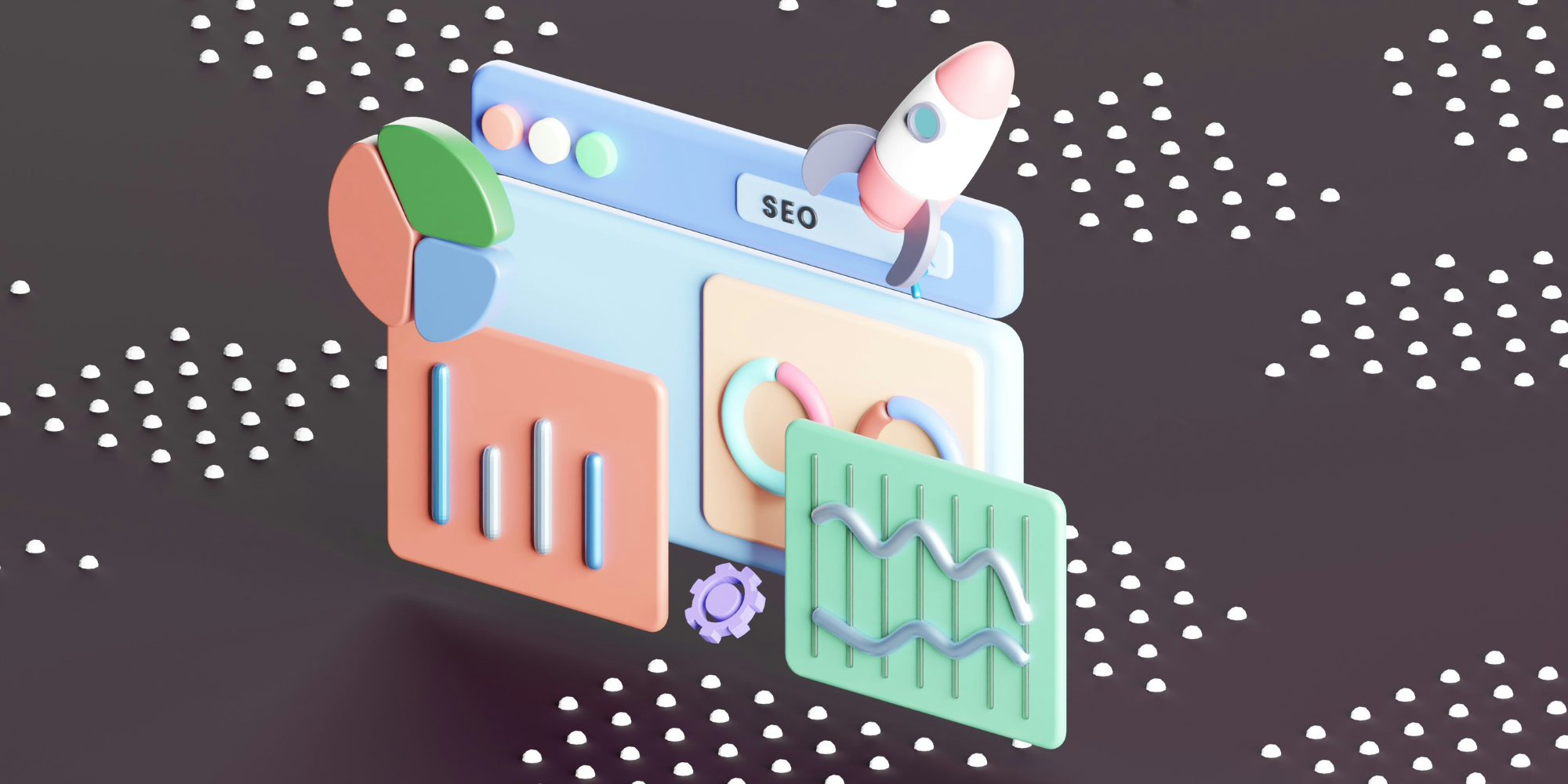
Arming yourself with the right tools to ensure a smooth site migration is important - find out how to protect your SEO during a migration today.
Read more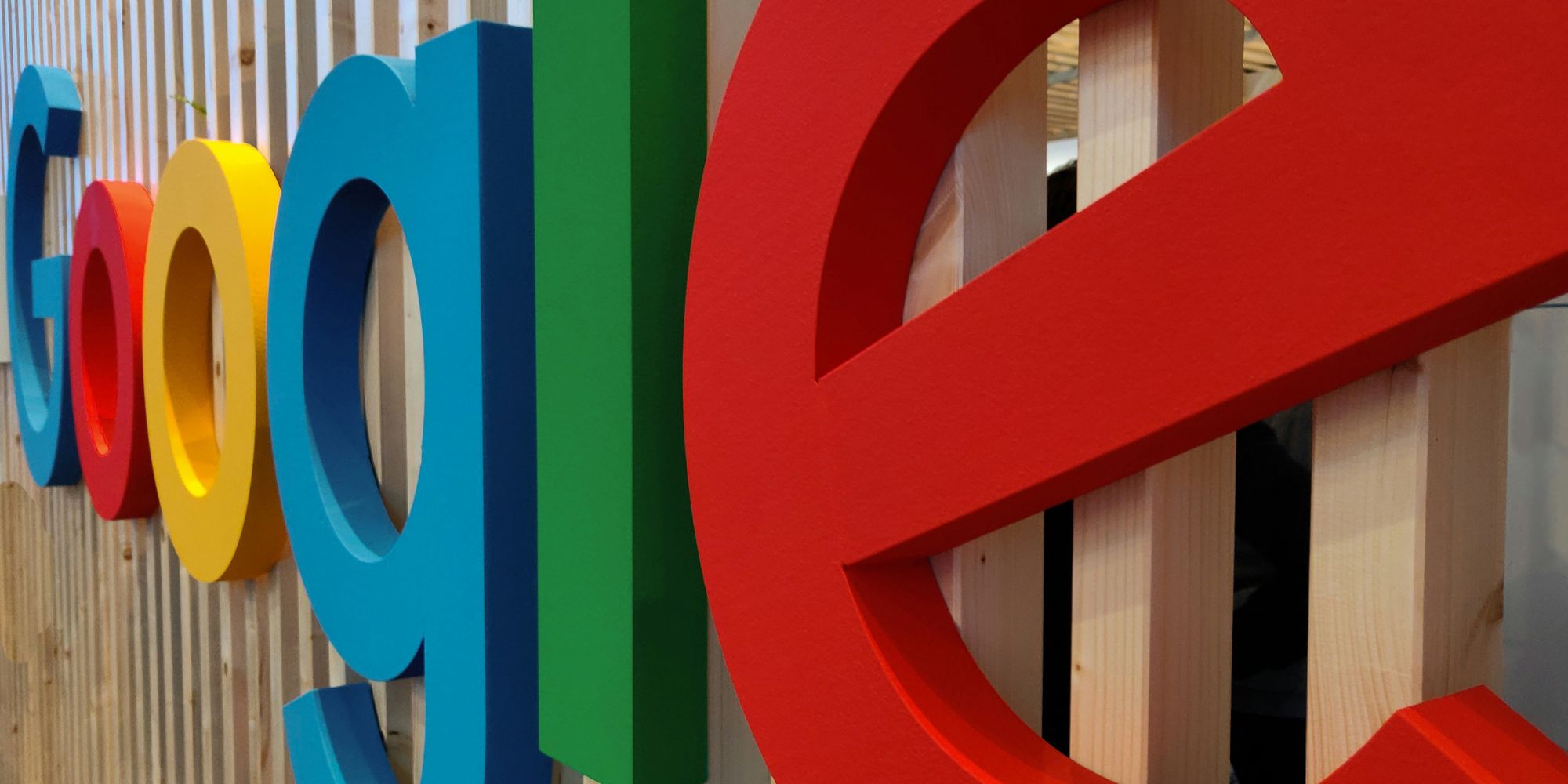
Google employees have recently announced that the upcoming Google Core Update is set to be released in the coming weeks. Understanding and addressing...
Read more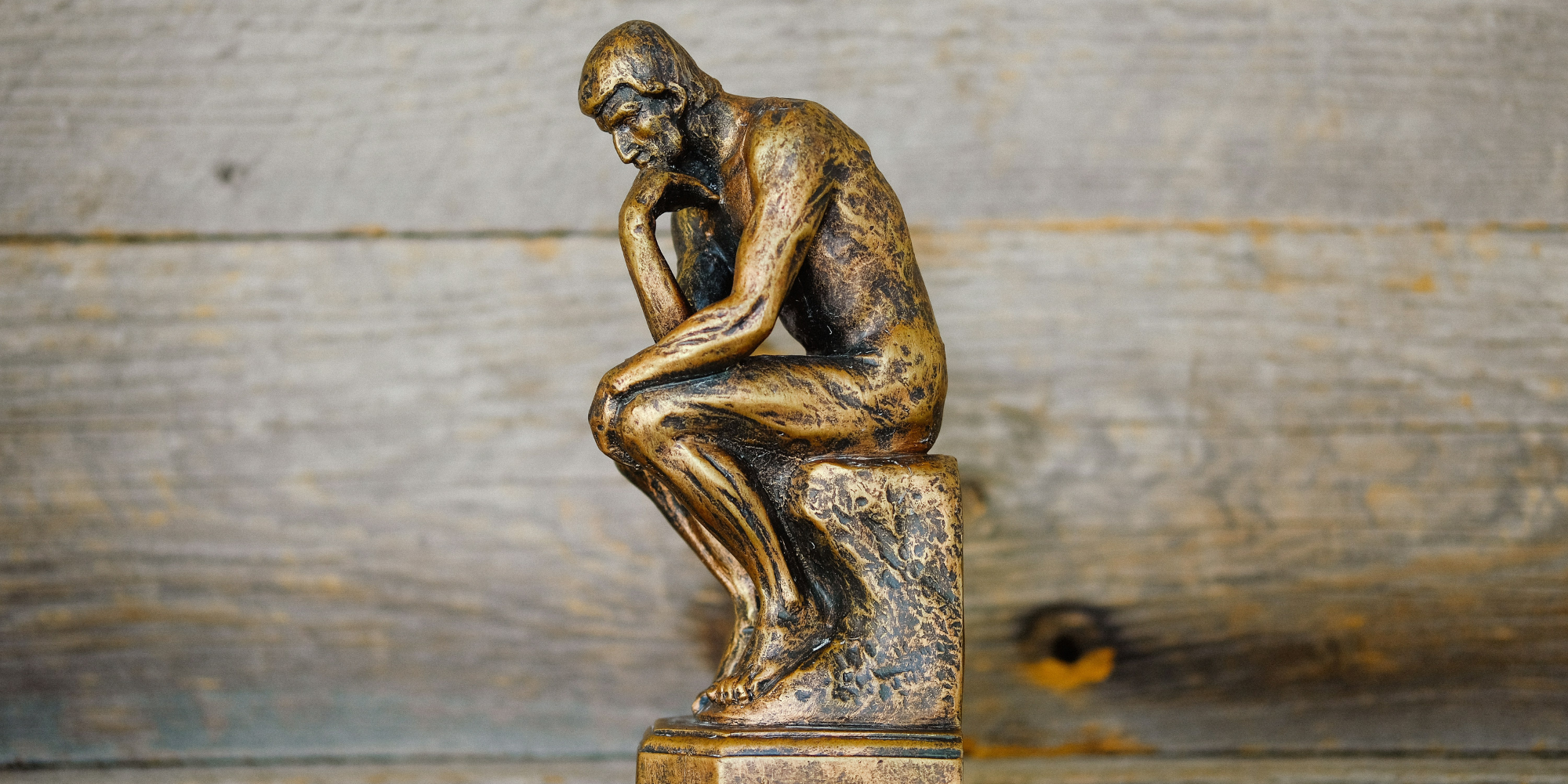
When marketers think of thought leadership, there are names rather than ideas, that tend to spring to mind.
Read more
With the release of GPT-4, how revolutionary will this tool be? Alan Rowe takes us through it...
Read more.jpg)
To help prompt you to consider your approach to organic search integration, Dr. Dave Chaffey gives some practical tests you can apply to review your...
Read more